High School Completion Rate by Gender
The high school status completion rate of adults ages 18 to 24 years old increased gradually from 86.2 percent in 1996 to 92.9 percent in 2016. By gender, women had a higher status completion rate than men in 2016 (94.3 percent compared with 91.6 percent). Differences emerged by race and ethnicity, with American Indians or Alaska Natives having the largest gender gap in 2016, followed by Black or African American students, who had the second highest gender gap.
Report Links
Race and Ethnicity in Higher Education: A Status Report
Chapter Two: Secondary School Completion
Chapter Two Report Download (PDF) 2.8 MB
Chapter Two Data Tables Download (XLSX) 44 KB
Source
U.S. Department of Education, Digest of Education Statistics, 2017, Table 219.67
Data Notes
The status completion rate is the number of 18- to 24-year-olds who are high school completers as a percentage of the total number of 18- to 24-year-olds who are not enrolled in high school or a lower level of education. High school completers include those with a high school diploma, as well as those with an alternative credential, such as a GED.
Current Population Survey data are based on sample surveys of the civilian non-institutionalized population, which excludes persons in the military and persons living in institutions (e.g., prisons or nursing facilities).
Reporting standards not met for Native Hawaiian or other Pacific Islander students (too few cases for a reliable estimate).

